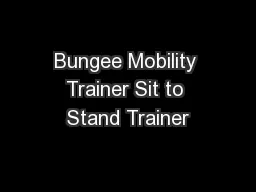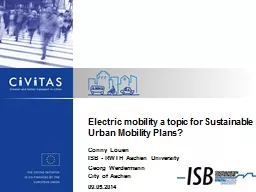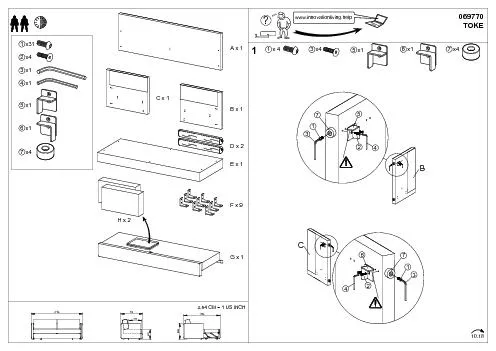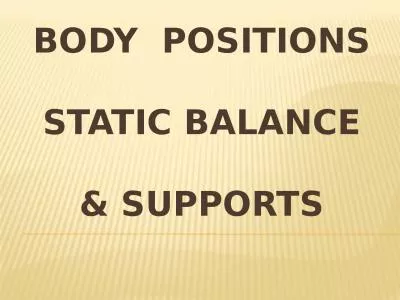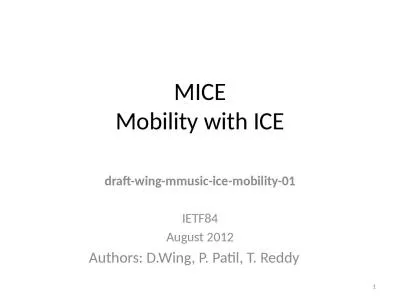PPT-Bungee Mobility Trainer Sit to Stand Trainer
Author : lindy-dunigan | Published Date : 2018-09-29
NeuroGym Tim Trainer Biofeedback System Pendulum Stepper Exercise Wheelchair Intensive Mobility Training with Enabling Technology Reduces Stay Days in Convalescent
Presentation Embed Code
Download Presentation
Download Presentation The PPT/PDF document "Bungee Mobility Trainer Sit to Stand Tra..." is the property of its rightful owner. Permission is granted to download and print the materials on this website for personal, non-commercial use only, and to display it on your personal computer provided you do not modify the materials and that you retain all copyright notices contained in the materials. By downloading content from our website, you accept the terms of this agreement.
Bungee Mobility Trainer Sit to Stand Trainer: Transcript
Download Rules Of Document
"Bungee Mobility Trainer Sit to Stand Trainer"The content belongs to its owner. You may download and print it for personal use, without modification, and keep all copyright notices. By downloading, you agree to these terms.
Related Documents

